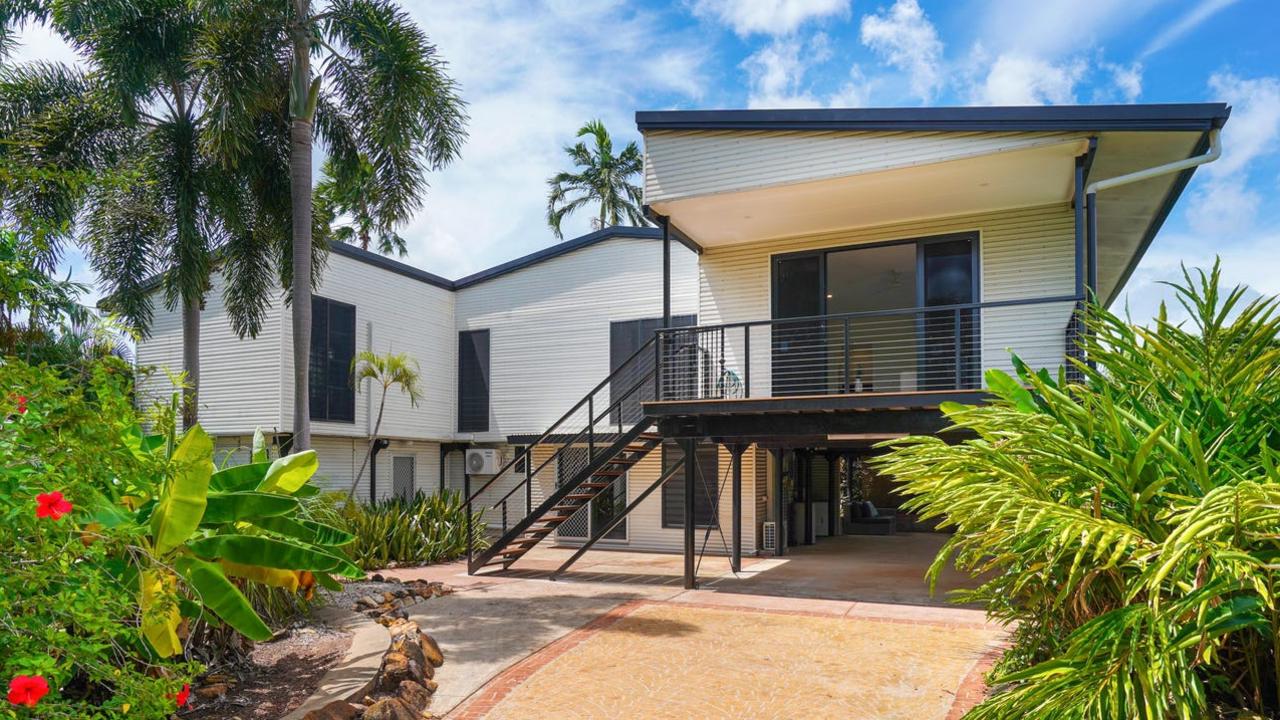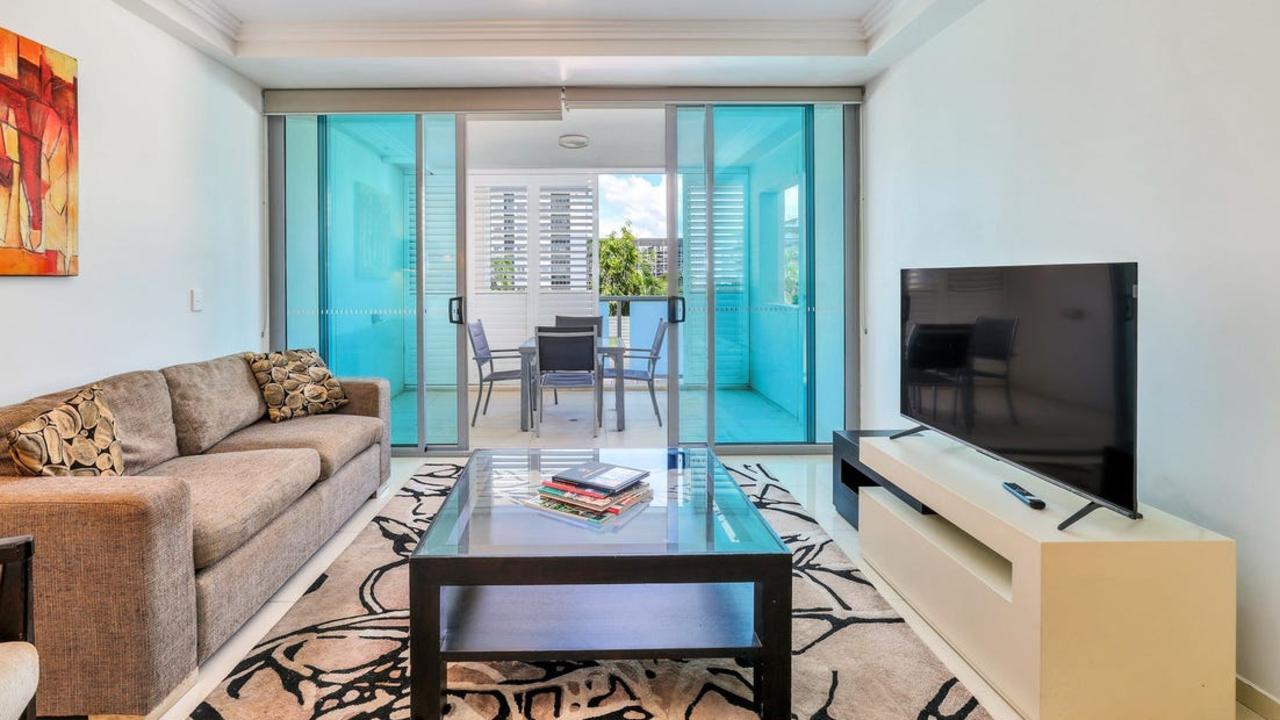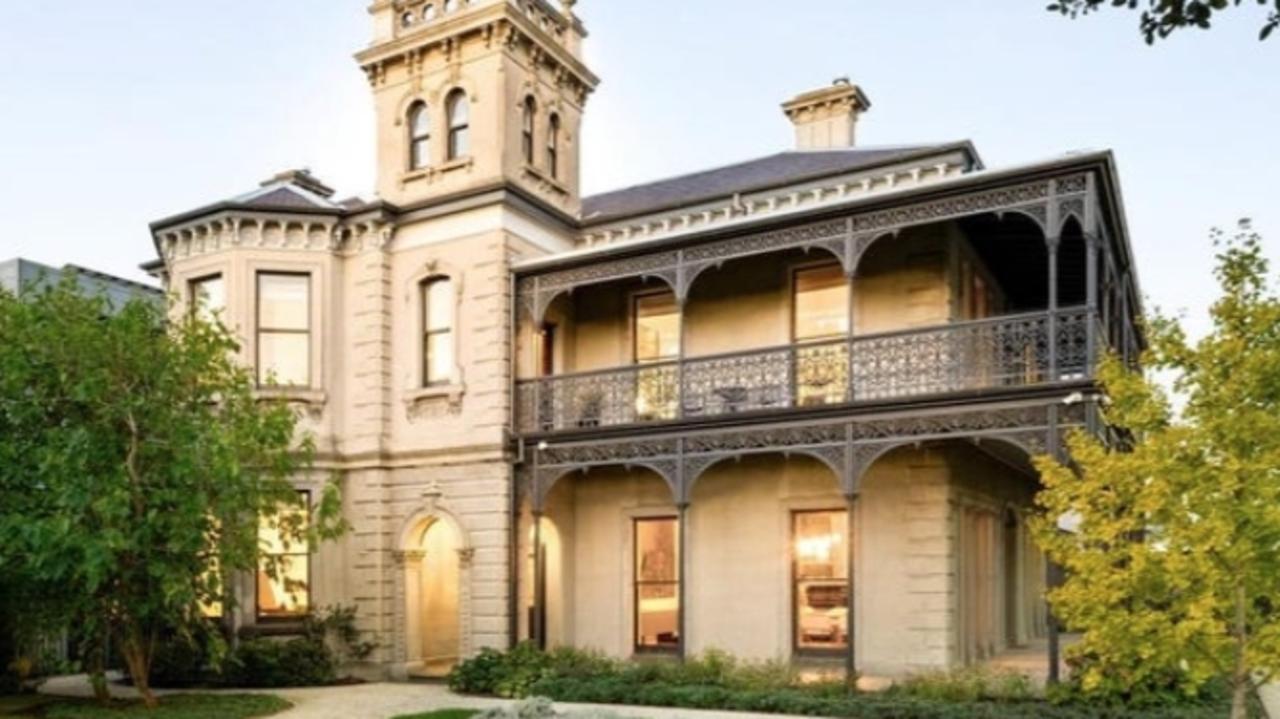Real estate value grow in April
Darwin’s home price has hit a fresh record as houses significantly outperformed units - with the gap in costs between them growing fast.

Darwin homes prices have hit a new peak in April with new data revealing the house market significantly outperformed the unit market in the past 12 months.
The latest PropTrack Home Price Index showed the median dwelling price in Darwin increased 0.2 per cent in April and 4.1 per cent in the last year to sit at a peak of $531,000.
REA Group senior economist and report author, Anne Flaherty said despite the increase, Darwin remained the cheapest capital city in Australia.
“Houses in Darwin have significantly outperformed units over the past 12 months, up 5.1 per cent compared to 1.7 per cent for units,” she said.
The HPI showed the average cost of a Darwin house also increased 0.03 per cent in April to $602,000, while units were up 0.44 per cent last month to $383,000.
Home prices in regional NT had a small decline in April, down 0.1 per cent to $418,000.
“With the fall, prices are 1.3 per cent below their most recent peak but, compared to a year ago, home prices in regional NT are up 3.8 per cent,” Ms Flaherty said.

House prices in regional NT were down 0.09 per cent month-on-month but up 4.59 per cent year-on-year to $465,000.
The median unit price remained flat in April and dropped 2 per cent in the past 12 months to $302,000.
Nationally, home prices increased 0.2 per cent month-on-month and 3.71 per cent year-on-year to sit at a new peak of $805,000.
Sydney remained the most expensive capital, with a median dwelling price of $1.118m, while all capitals saw monthly growth and all but Melbourne saw annual growth in April.
“While national home prices rose in April, the rate of growth has slowed compared to the first three months of the year,” Ms Flaherty said.
“Should interest rates fall in May, we may see the rate of growth pick up again as borrowing capacities increase and mortgage repayments decline.
“The rate of price growth is moderating in outperforming cities such as Perth, Adelaide and Brisbane, while underperformers such as Melbourne, Canberra, and Sydney have started to pick up.

“This is lessening the divergence in home price growth seen across the country over the past year.”
Ms Flaherty said with housing affordability a key issue at the upcoming federal election, both Labor and the Coalition have announced policy incentives for first homebuyers.
“As a result, many of these buyers may be biding their time to get into the market after the election and the launch of these policies,” she said.
“Whichever party is elected, the combination of increased first homebuyer incentives, lower interest rates, and supply side challenges are expected to contribute to even higher property prices in 2025.”



